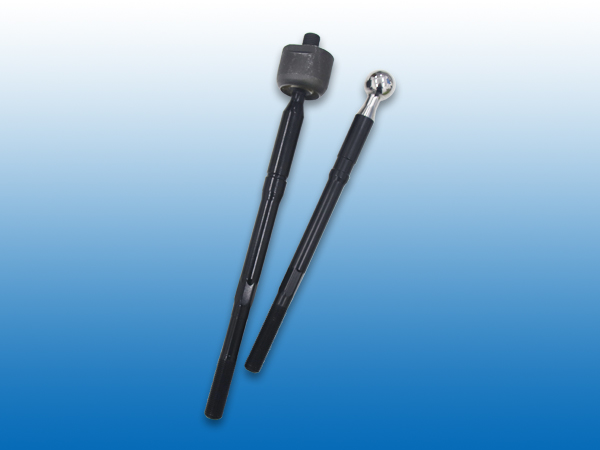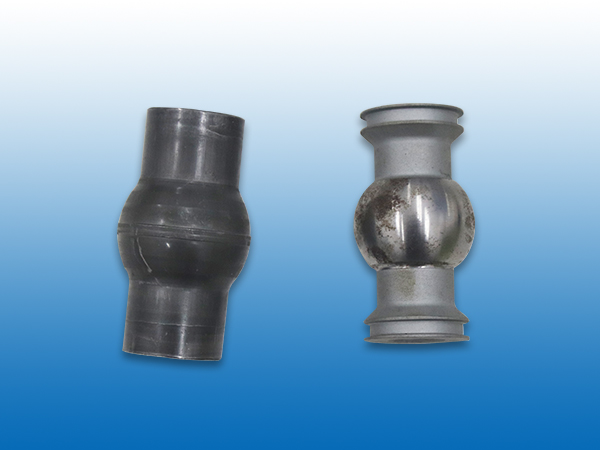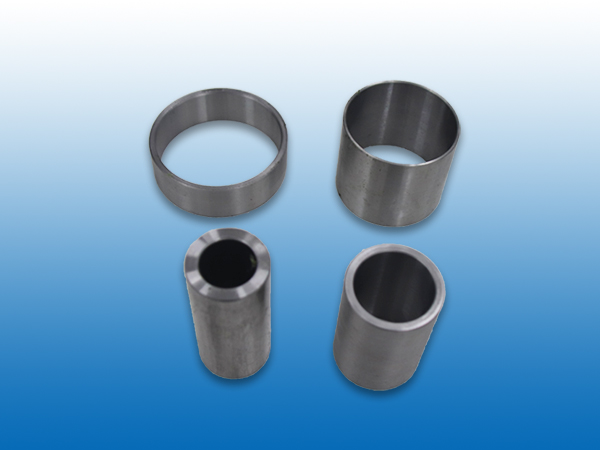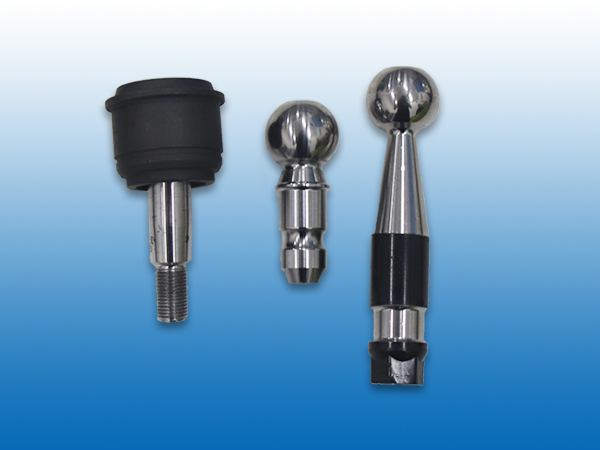What are the common problems in cleaning high-strength fasteners?
The cleaning problem of high-strength fasteners is often manifested after heat treatment and tempering, and the main problem is that the rinsing is not clean. Due to improper stacking of fasteners, residual alkaline solution is left on the surface, resulting in surface rust and alkali burns, or improper selection of quenching oil, resulting in rust on the surface of fasteners. Below, the editor of the famous general liquid filter will introduce common problems in cleaning high-strength fasteners!
1. Pollution generated during rinsing
After quenching, the fastener was cleaned with a silicate cleaning agent and then rinsed. XX solid substance appeared on the surface, which was analyzed using an infrared spectrometer and confirmed to be inorganic silicate and iron oxide. This is due to incomplete rinsing and residual silicate on the surface of the fastener.
2. Unreasonable stacking of fasteners
After tempering, there are signs of discoloration in the fasteners. Soaking them in ether and allowing the ether to evaporate revealed the presence of oily residue, which is a high content of lipids. The fastener is contaminated by cleaning agents and quenching oil during the rinsing period, which melts at the heat treatment temperature, leaving chemical scars. These substances confirm that the surface of the fastener is not clean. Using an infrared spectrometer for analysis, it is a mixture of base oil and ether in quenching oil. Ether may come from additives in quenching oil. The analysis results of quenching oil in the mesh belt furnace confirm that due to improper stacking of fasteners during heating, there is slight oxidation of fasteners in the quenching oil, but it is almost negligible. This phenomenon is related to the cleaning process, rather than a problem with quenching oil.
3. Surface residue
There is white residue on the high-strength screw, which was confirmed to be phosphide by infrared spectroscopy analysis. No acid cleaning agent was used for cleaning, and the rinsing tank was inspected and found to have a high carbon solubility in the tank liquid. The tank liquid should be regularly emptied and the concentration level of alkaline solution in the rinsing tank should be regularly tested.
4. Alkali burn
High strength screws have a uniform and flat oil black outer surface due to quenching waste heat blackening. But there is an orange XX visible to the naked eye in the outer circle. In addition, there are visible areas that appear slightly light blue or light red. The original rod and wire rod are coated with a phosphating film to facilitate cold heading and tapping, and are directly heat treated without rinsing. They are cooled in quenching oil, cleaned with alkaline cleaning agent, blown dry (without rinsing), and tempered at 550 ℃. They are then taken out of the tempering furnace and immersed in anti rust oil in hot state. As a result, red spots are found on the screw threads.
After testing, the red area on the screw is caused by alkali burns. Alkaline cleaning agents containing chloride substances and calcium compounds can burn steel fasteners during heat treatment, leaving spots on the surface of the fasteners.
Steel fasteners cannot remove surface alkaline substances in quenching oil, which can cause surface burns in the high-temperature austenite state and worsen the damage in the next tempering step. It is recommended to thoroughly clean and rinse the fasteners before heat treatment to completely remove alkaline residues that can cause burns to the fasteners.
5. Improper rinsing
For large-sized fasteners, polymer aqueous solution quenching is often used. Before quenching, alkaline cleaning agent is used to clean and rinse. After quenching, the fastener has already rusted on the inside. Analysis using an infrared spectrometer confirmed that in addition to iron oxide, there are also sodium, potassium, and sulfur, indicating that there is an alkaline cleaning agent adhered to the inner side of the fastener, which is likely potassium hydroxide, sodium carbonate, or similar substances, promoting its rusting. Check for excessive contamination during the rinsing of fasteners, and it is also recommended to frequently replace the rinsing water. In addition, adding rust inhibitor to water is also a good method.
6. Excessive corrosion
High strength fasteners often see some black stripes. In experiments, it has also been observed that fasteners that have been rinsed with inorganic and organic cleaning agents before heat treatment still have black stripes after quenching, and even fine cleaning before heat treatment may leave stripes after heat treatment. Analysis of residual pollutants on the surface using an infrared spectrometer revealed high concentrations of sulfur and calcium.
Use a small amount of isopropanol acetate to vigorously fold a small piece of test filter paper at the black spot, leaving the black spot on the filter paper. Analysis of filter paper using an infrared spectrometer confirmed that calcium, sulfur, iron, manganese, and chromium are the main elements.
The presence of calcium and sulfur in the rust stains indicates that this substance is a dried quenching oil and also an evolution of the gas phase during the quenching process. Due to excessive aging of the quenching oil, it is recommended to pour out the old oil, add new oil, and implement process supervision and quenching oil maintenance throughout the entire process cycle.
推荐新闻
- ● 湖州冷镦件厂家分享冷镦工艺中热处理的作用2025-10-27
- ● 湖州汽配厂家:冷镦工艺中如何处理复杂连接?2025-10-23
- ● 湖州汽配厂家分享冷镦工艺的优势2025-10-18
- ● 杭州汽配厂家分享冷镦工艺的应用领域2025-09-29
- ● 湖州球头销厂家科普球头销的寿命2025-09-10
- ● 嘉兴球头销厂家分享汽车转向球头的正确维护和润滑2025-09-06






